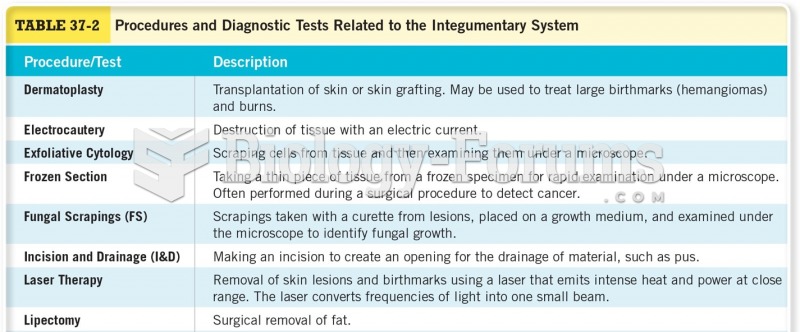Answer to Question 1
TRUE
Answer to Question 2
In the United States, the average lifetime dose of diagnostic radiation has increased sevenfold since 1980, and more than half of all cancer patients receives radiation therapy. With the increased use of radiation have come increases in severe injury and death. Between 2000 and 2010, there were 1,000 reports filed of injuries and deaths involving radiotherapy equipment. A study in The New York Times traces many mistakes to software flaws, faulty programming, poor safety procedures or inadequate staffing and training.
It is very difficult to find adequate information on these injuries because of underreporting and the fact that no one agency oversees medical radiation. Some who have studied radiation injuries estimate that half of the accidents remain hidden. In 2010, at one hospital, 90 patients with cancer received an incorrect dose; the hospital did not report it. In 2005, at another hospital, 77 patients received an overdose of radiation because linear accelerators had been programmed incorrectly for nearly a year.
The true number and seriousness of radiation injuries are not known because of underreporting, as mentioned, and the fact that some injuries from radiation may take years to develop. In 2009, however, 3,000 serious radiation injuries were treated by a large U.S. wound care company. The New York Times analyzed records in New York State, which is ahead of much of the country in overseeing radiation therapy. Under the law, many accidents are confidential. However, between 2001 and 2008, there were 621 mistakes; on 133 occasions, devices used to shaperadiation beamswere left out, wrongly positioned or otherwise misused. Radiation missed its intended target 284 times. Many of these accidents result in minor injuries. Some are devastating, painful, and deadly.
Between 2000 and 2010, linear accelerators that attack cancer cells have continued to be developed. Each of these allows doctors to use more radiation. Intensity-modulated radiation therapy (IMRT) is the latest; IMRT shapes and varies the intensity of radiation beams. However, these machines have caused serious injuries. Some are due to miscalibrations of the machines, some to software errors, and some to lack of adequately trained personnel. The results of overdoses may not be evident for months.
The increasing use of CT scans is exposing patients to risky and unnecessary radiation, according to two government experts. One CT scan is equivalent in radiation to 400 chest X-rays. Children are particularly susceptible to radiation. However, dentists continue to use x-rays, with many still using film x-rays that require more radiation. Children are also being exposed to more radiation in the emergency room. Between 1995 and 2008, the number of CT scans on children in emergency rooms increased from 330,000 to 1.65 millionan increase of 500 percent. The scans may improve diagnosis, but they also expose children to radiation. Many (400 so far) patients who receive a test for stroke called a CT brain perfusion scan are being overdosed with radiation.







